What is Transcutaneous Electrical Nerve Stimulation (TENS)Therapy?
Transcutaneous Electrical Nerve Stimulation (TENS) therapy is a non-invasive technique that uses low-voltage electrical currents to relieve pain. A small, battery-operated TENS unit delivers these impulses through adhesive electrodes placed on the skin. The electrical stimulation helps block pain signals from reaching the brain and spinal cord, while also promoting the release of endorphins, your body’s natural painkillers.
TENS therapy in physiotherapy is commonly used to manage both acute and chronic pain conditions. While it may not offer permanent relief, it serves as an effective short-term pain management tool. It is generally considered safe and is often administered by trained physical therapists to complement other rehabilitation treatments. TENS in physiotherapy is especially beneficial for patients with musculoskeletal issues, nerve pain, or post-surgical discomfort.
Types of Transcutaneous Electrical Nerve Stimulation (TENS)Therapy
TENS therapy in physiotherapy can be customised based on frequency, intensity, and therapeutic goals. Physiotherapists adjust the settings to suit the patient’s condition, whether for chronic pain relief, nerve stimulation, or muscle activation. There are three primary types of transcutaneous electrical nerve stimulation (TENS) therapy, each with unique effects:
Conventional TENS
This method is used to activate large-diameter sensory nerves and promote segmental analgesia. It involves the application of low-intensity, high-frequency electrical impulses at the pain site. The sensation is strong but comfortable, not painful, making it ideal for patients needing extended relief during activities. A typical session lasts up to 30 minutes.
Acupuncture-like TENS
Here, high-intensity, low-frequency impulses are delivered over muscles, trigger points, or acupuncture sites. This type of TENS therapy targets small-diameter motor nerves to generate strong, tolerable muscle twitches, triggering extrasegmental analgesia. Sessions are shorter, usually not exceeding 20 minutes, and produce deep, rhythmic contractions.
Intense TENS
Designed for short-term application, this approach uses high-frequency and high-intensity stimulation at the pain site. It activates small-diameter noxious afferent nerves to block pain signals and offer peripheral nerve blockade. The intensity produces maximum tingling or paresthesia and is applied for no more than 5 minutes.
Each of these methods of TENS in physiotherapy is selected based on the pain mechanism, location, and tolerance level. Therapists ensure the stimulation remains effective yet comfortable, enhancing outcomes in musculoskeletal and nerve-related conditions.
What Conditions Can TENS Therapy Help With?
TENS therapy is widely used in physiotherapy to manage both acute and chronic pain. It provides relief by modulating pain signals and promoting local muscle stimulation. At Physiotattva, TENS therapy in physiotherapy is customised to suit each condition and pain profile.
Common conditions treated include:
- Osteoarthritis: Helps reduce joint stiffness and pain, especially in the knees and hands.
- Tendinitis: Alleviates tendon inflammation and supports healing with controlled nerve stimulation.
- Low back pain: One of the most frequent uses of TENS in physiotherapy, providing relief without medication.
- Chronic pelvic pain: Assists in reducing pain linked to musculoskeletal or nerve-based pelvic disorders.
- Bursitis: Eases discomfort caused by inflamed bursae that cushion joints.
- Diabetic neuropathy: Manages nerve pain in hands and feet caused by long-term diabetes.
- Fibromyalgia: Offers non-invasive relief from widespread muscle pain and sensitivity.
- Peripheral artery disease (PAD): Helps in managing pain linked to poor blood circulation in limbs.
These applications highlight the versatile benefits of transcutaneous electrical nerve stimulation when integrated into a physiotherapist-led treatment plan.
Transcutaneous Electrical Nerve Stimulation (TENS)Therapy Benefits
Transcutaneous electrical nerve stimulation (TENS) therapy supports pain relief and recovery by stimulating targeted nerves through controlled electrical impulses. When applied correctly, TENS therapy in physiotherapy can complement rehabilitation and help patients manage symptoms more comfortably.
Key benefits include:
- Pain signal modulation: Helps reduce the transmission of pain signals to the brain and spinal cord, offering short‑term relief from both acute and chronic pain.
- Retrains nerve pathways: Electrical stimulation supports nerves that have difficulty sending or receiving signals, improving muscle activation and functional movement.
- Reduces inflammation: Research indicates that TENS in physiotherapy can minimise deep tissue inflammation, which often contributes to pain and stiffness.
- Supports muscle relaxation and massage: Certain pulse modes of TENS therapy promote gentle muscle contractions, easing tightness and improving tissue flexibility.
- Portable and convenient: The compact size of TENS devices allows patients to use them at home or while travelling, making pain relief more accessible.
- Cost‑effective option: Compared with regular medication costs, a TENS device is a one‑time investment for ongoing pain management.
- Enhances quality of life: Effective pain control helps individuals return to daily routines with greater comfort and confidence.
With proper guidance from trained physiotherapists, patients can experience the meaningful benefits of transcutaneous electrical nerve stimulation as part of a structured recovery plan.
Risks of Transcutaneous Electrical Nerve Stimulation (TENS)Therapy
TENS therapy in physiotherapy is widely considered safe, but like any treatment, it may carry minor side effects in certain individuals. These risks are usually mild and temporary, but should be monitored closely.
Possible risks include:
- Tingling or prickling sensation: Mild discomfort during stimulation, especially in sensitive areas.
- Itchy or irritated skin: Can occur under the electrode pads, especially after prolonged use.
- Allergic reaction to adhesive pads: Some individuals may develop redness or rash; hypoallergenic pads are recommended in such cases.
- Muscle twitching or soreness: May happen if the intensity is set too high, but usually subsides shortly after the session.
- Burn-like sensation: Rare, but can occur if electrodes are not applied properly or the skin is too dry.
If symptoms persist after a session, it’s important to consult a therapist or healthcare provider.
Who Should not have Transcutaneous Electrical Nerve Stimulation (TENS)Therapy?
While transcutaneous electrical nerve stimulation (TENS) therapy is widely regarded as safe, it may not be suitable for everyone. Physiotherapists carefully assess each patient’s medical history to avoid potential complications. The following groups or conditions are generally advised not to undergo TENS therapy:
- Individuals with implanted electrical devices: Avoid use near or over pacemakers, defibrillators, or neurostimulators, as the electrical impulses may interfere with device function.
- Pregnant women: TENS should not be applied over the abdomen, lower back, pelvic region, or certain acupuncture points such as the ankle or knee during pregnancy, due to risks of uterine stimulation.
- People with epilepsy: Application on the head, neck, or shoulder region may increase the risk of triggering seizures and should be strictly avoided.
- Suspected or diagnosed cancerous areas: TENS should not be used over or near malignant tumours, as increased circulation may pose a risk of tumour spread.
- Bleeding disorders or open wounds: Individuals with haemorrhagic conditions or active bleeding tissues should not receive TENS, as it may worsen the condition.
- Deep vein thrombosis (DVT): Electrical stimulation can enhance circulation and potentially dislodge a blood clot, posing serious health risks.
- Cardiac conditions: Those with heart failure or arrhythmias should avoid using TENS therapy on the chest, as it may affect heart rhythm.
Before beginning TENS therapy in physiotherapy, a thorough screening by a licensed therapist ensures safe application tailored to individual needs.
How to Prepare for Transcutaneous Electrical Nerve Stimulation (TENS)Therapy
Preparation for TENS therapy in physiotherapy is simple and non-invasive. The therapist will:
- Clean and dry the targeted area to ensure optimal electrode contact
- Identify the specific nerves or muscle groups based on your pain condition
- Apply adhesive electrodes carefully, avoiding irritated or broken skin
- Adjust settings such as pulse rate, width, and intensity as per your tolerance
You may be advised to wear loose clothing and avoid applying creams or lotions on the treatment area. Bringing a list of current medications and medical history helps your therapist customise the session. Transcutaneous electrical nerve stimulation (TENS) therapy preparation focuses on comfort, accuracy, and effectiveness for pain relief and rehabilitation.
What to Expect in a Typical TENS Therapy Session
A standard TENS therapy session lasts about 15 to 30 minutes and involves the following:
- Electrode pads are placed on the skin around the painful or affected area
- The device delivers low-voltage electrical impulses that create a mild tingling or pulsing sensation
- You remain seated or lying down, relaxed and comfortable
Therapists continuously monitor the intensity and your feedback to maintain a strong but comfortable stimulation level. You will not experience muscle fatigue, and no needles or invasive tools are involved. Depending on your condition, TENS may be combined with stretching or manual therapy. This makes TENS therapy in physiotherapy a flexible and adaptable modality for various pain conditions.
What Happens after a TENS Therapy Session
After a session of transcutaneous electrical nerve stimulation (TENS) therapy, you may notice:
- Immediate pain relief or gradual improvement over a few hours
- Enhanced blood flow and relaxation in the targeted area
- Mild skin redness from the adhesive, which usually fades quickly
Patients often report improved movement and reduced discomfort. Some may experience temporary soreness or tingling, which resolves on its own. Post-session recommendations may include hydration, light movement, or avoiding intense activity. Your therapist might also guide you on home-use TENS units if suitable. Overall, TENS therapy aims to promote functional recovery with minimal side effects.
Precautions for Transcutaneous Electrical Nerve Stimulation (TENS) Therapy
While TENS therapy in physiotherapy is generally safe, following certain precautions is important to avoid complications:
- Do not apply electrodes over broken, infected, or numb skin
- Avoid using TENS while driving, sleeping, or bathing
- Turn off the device before repositioning or removing electrodes
- Never share electrode pads with others to prevent infection
Patients with epilepsy, heart conditions, or electrical implants should consult their doctor before starting therapy. Following the physiotherapist’s guidance ensures safe usage and maximises therapeutic benefit. These precautions help maintain the effectiveness and safety of transcutaneous electrical nerve stimulation (TENS) therapy in clinical and home settings.
How Long Does It Take to See Results?
The response to TENS therapy varies by condition and individual. Some patients experience immediate relief during the session, especially in cases of acute muscle or joint pain. Others may need multiple sessions to notice improvement, particularly for chronic conditions like fibromyalgia or neuropathy.
Typically:
- Short-term pain relief: After 1–2 sessions
- Chronic condition management: Noticeable change in 1–2 weeks with consistent sessions
Your therapist may adjust intensity or frequency depending on progress. Combining TENS therapy in physiotherapy with manual therapy or exercise often leads to better outcomes. A structured follow-up plan helps track pain levels and assess functional gains.
How to Choose the Right TENS Therapy Provider
Selecting a qualified provider for TENS therapy ensures both safety and results. Look for:
- Licensed physiotherapists with experience in electrotherapy techniques
- Facilities that offer personalised assessments and evidence-based protocols
- Clean, well-equipped treatment spaces with modern TENS devices
A good provider will evaluate your condition thoroughly before recommending transcutaneous electrical nerve stimulation (TENS) therapy. They’ll educate you on what to expect and provide home-use guidance if necessary. Avoid unverified clinics or self-treatment without supervision. Trustworthy centres like Physiotattva ensure therapy is customised, effective, and part of a holistic recovery plan.
Choose Physiotattva for Safe, Effective TENS Therapy and Lasting Pain Relief
At Physiotattva, we offer personalised TENS therapy in physiotherapy designed to meet your specific recovery goals. Whether you’re managing chronic pain, healing after an injury, or addressing nerve-related discomfort, our experts ensure:
- Accurate assessment and condition-based therapy
- Integration of TENS with manual therapy and rehabilitation
- Regular monitoring and patient guidance for better outcomes
We use medically certified equipment and follow standardised safety protocols trusted by leading physiotherapy centres in India. With a holistic, outcome-driven approach, Physiotattva makes transcutaneous electrical nerve stimulation (TENS) therapy a key part of your long-term pain management and recovery journey.
At Physiotattva physiotherapy clinics in Bangalore and Hyderabad, you receive personalised care tailored to your specific needs, ensuring effective results and comfort throughout your recovery journey.
Don’t wait to start your recovery! Get in touch with Physiotattva for more details! Contact us at +91 89510 47001.



-Physiotherapy.webp)
-for-Shoulder-Pain-Relief.webp)
-for-Knee-Pain-Relief.webp)


-for-Back-Pain-Relief%20(1).webp)





.webp)











.webp)


.webp)
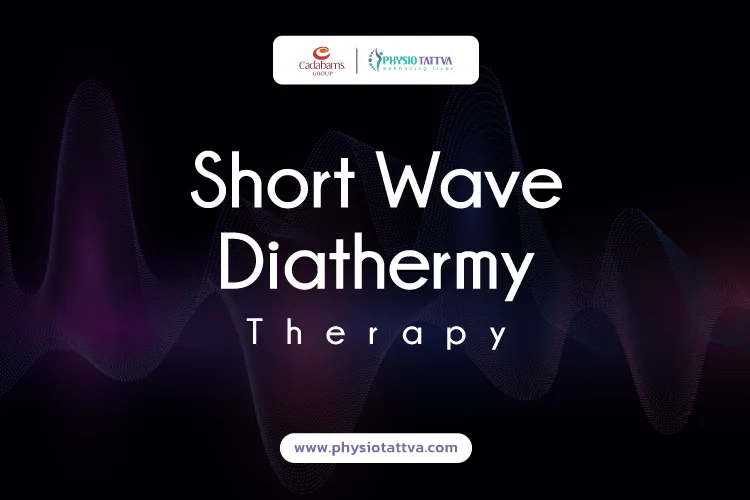
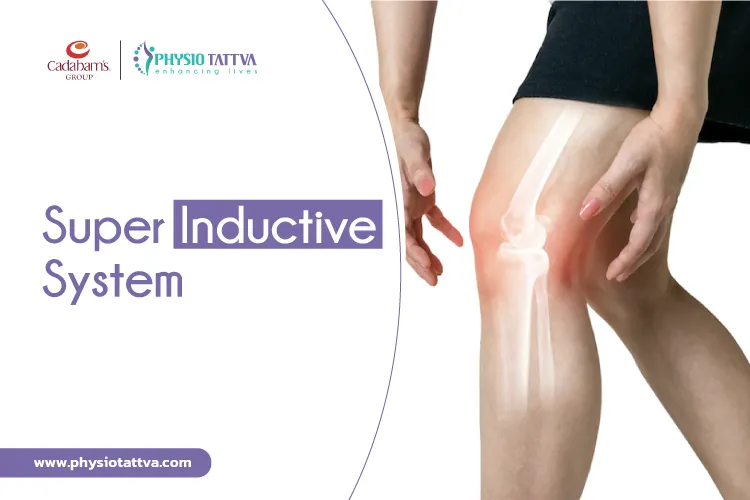



.webp)
.webp)


.webp)
.webp)

.webp)

.webp)

.webp)
.webp)

.webp)

.webp)








.webp)

.jpeg)

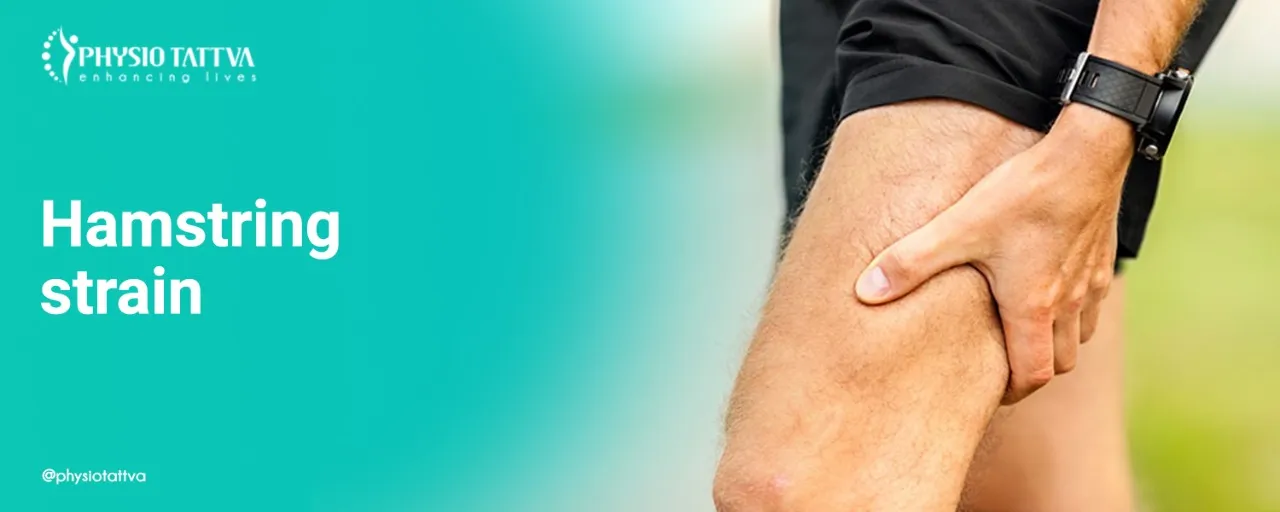

.webp)

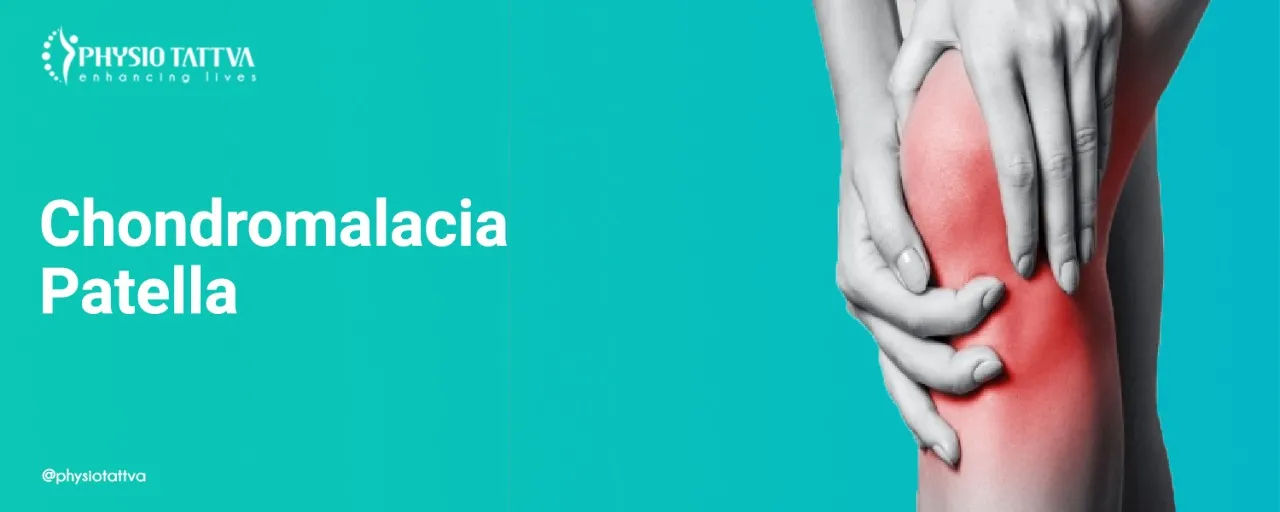


.webp)
.webp)


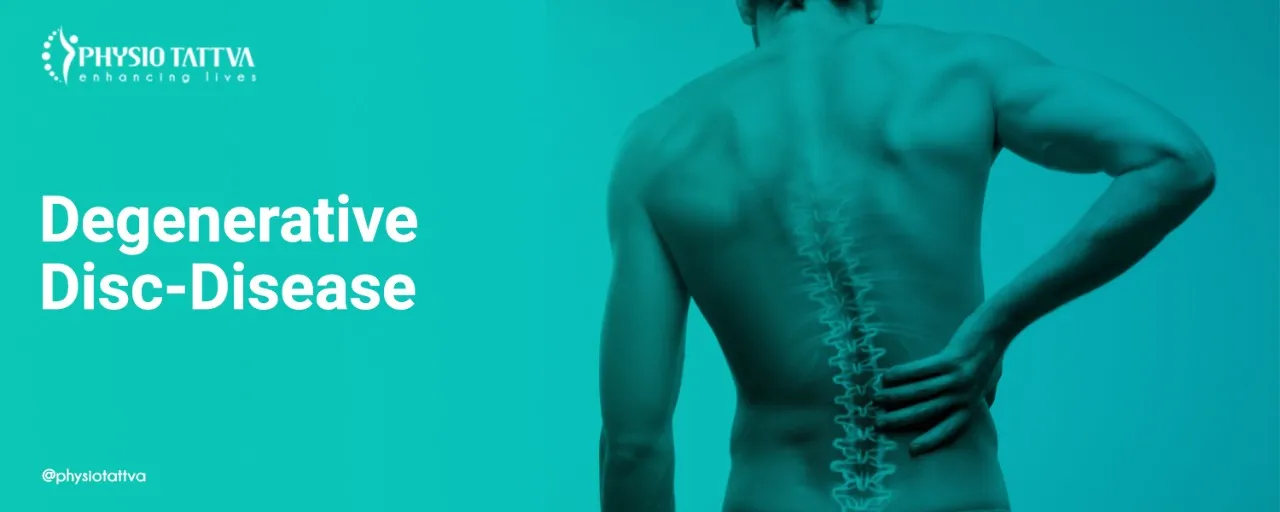








.png)









%20(1)-p-3200.jpeg)


.jpg)
.webp)
.webp)
.webp)




